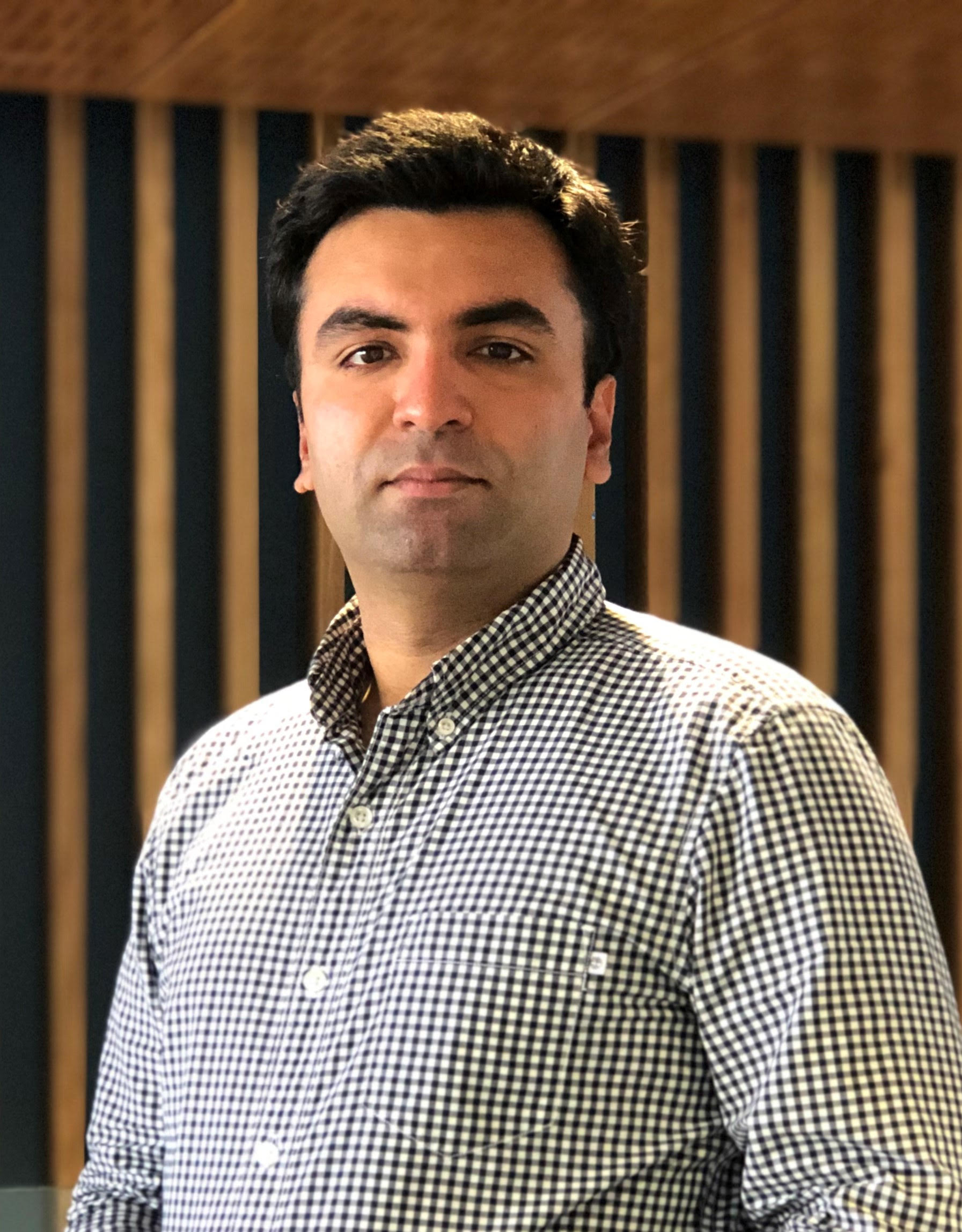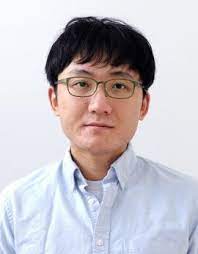Award-winning dissertations lead to coveted academic job posts
Each spring, New York University recognizes the best dissertation of the academic year, focusing their search on a handful of categories: Arts & Humanities, Public Health & Allied Health, Science & Technology, and Social Sciences, as well as on the Provost's current priorities and cross-school initiatives (such as aging, inequality, and urban studies).
This year, two 2020 Tandon grads garnered prizes, with Junaid Farooq’s "Cyber-Physical Dynamic Decision Mechanisms for Large Scale Internet of Things Systems & Networks" taking top honors in the Technology and Applied Science subcategory of Science & Technology, and Zhengbo Zou’s "Towards Emotionally Intelligent Buildings: An Integrated Approach to Quantify Human Emotions in Designed Spaces" chosen from among all the Urban entries.
The awards’ committee praised their work’s scholarly rigor, writing quality, and potential for academic and social impact and noted that their accomplishments were all the more noteworthy given the challenges of 2020.
Farooq and Zou were both pleased to receive the news, and they had happy news of their own to report: each had landed a professorship at a highly regarded school and embarked on what will undoubtedly be a long, satisfying career.
We talked to them to find out about their graduate school experience, their research, and their new jobs.
Junaid Farooq
Electrical Engineering
My academic journey began at the National University of Sciences and Technology in my native Islamabad, Pakistan, and after earning my bachelor’s degree in electrical engineering there, I entered the King Abdullah University of Science and Technology in Saudi Arabia, where I undertook my master’s studies.
Then I started working as a research assistant at a private research and development organization in Doha focused on emerging mobility and wireless technologies, and I was considering remaining in Qatar to pursue a career in industry. That changed, however, after I spoke to Professor Quanyan Zhu, who heads the Laboratory for Agile and Resilient Complex Systems at NYU Tandon. He is so passionate about his field and he conveys his excitement so well that I immediately knew that I wanted to work with him.
Some of the research I conducted in his lab involved developing decision-making methods in mission-critical Internet of Things (IoT) applications, for example, emergency and first responder systems. In the future, you will see a new generation of 911 systems, where your smoke detector might be able to directly send help to your home, rather than relying on you to wake up and hear the alarm. That’s just one example of what’s possible when machines can communicate amongst each other and request services without human intervention.
This emerging IoT technology’s scope spans healthcare, energy, transportation, and manufacturing. However, the IoT itself is not a standalone system; it’s made up of a variety of different systems and components such as endpoint devices, communication networks, cloud computing systems, and user devices. Furthermore, the footprint of the IoT is massive and the constituent components are often operated and controlled by completely different entities. Therefore, to effectively manage and allow for the autonomous operation of IoT’s components, we must develop policies and decision frameworks that are implementable on machines at scale.
In my dissertation I took an interdisciplinary approach, drawing on my understanding of the physical layer of communications, networking technologies, control systems, and operations research to unleash the power of the IoT. The dissertation set forth the theoretical foundations of decision and management science in IoT network design and operation. In it, I leveraged tools and theories from a diverse range of systems sciences such as mathematical epidemiology, spatial point processes, stochastic processes, optimal control theory, and optimization to address the challenges and problems at multiple levels across the IoT stack. In a nutshell, I attempted to close the gap between the theory of dynamic mechanism design, and wireless and IoT systems. The class of decision algorithms that I developed will enable the realization of future smart and connected cities with features including resilient communications infrastructure, next generation emergency response, critical infrastructure security, sensing and data markets.
I’m now working as an assistant professor at the University of Michigan-Dearborn, and I owe a lot of my success to Professor Zhu and NYU Tandon.
Zhengbo Zou
Civil Engineering
I earned my bachelor’s degree in Civil Engineering in 2014 from Tongji University, in Shanghai, and the following year, I received my master’s degree in Advanced Infrastructure Systems from Carnegie Mellon, where Semiha Ergan used to teach and had left her mark. She studies building informatics, the quantification of human experience in the built environment, and infrastructure information modeling and visualization — all in an attempt to make buildings healthier and more efficient. When I heard she had started her new career at NYU Tandon, I knew that was where I wanted to earn my doctoral degree. I share her goal to improve the built environment; it plays an essential role in our day-to-day lives since people spend more than 85% of their times indoors.
There have been studies at the intersection of neuroscience and architecture that have revealed the impact of architectural design features on human emotional experience. Specifically, well-designed facilities can result in faster recovery in hospitals (up to 30%), better learning in schools (up to 25%), and higher productivity in offices (up to 25%) depending on factors like the amount of natural daylight, windows, and ceiling height. On the other hand, poorly designed buildings can have a negative influence on the residents’ physical and psychological well-being, as seen in Sick Building Syndrome (SBS).
I sought to fill a gap in the field: previous studies of human emotional experience of built environments mostly involve soliciting occupants’ feedback of the designed spaces using post-construction surveys that are qualitative and after-the-fact, which means these results can’t be used to help shape design decisions and may contain biased or incomplete questions.
Drawing on my interdisciplinary background in construction management, sensing, and advanced visualization technologies like virtual reality, I developed a novel alternative method: presenting design alternates as virtual environments and conducting experiments to gauge subjects’ physiological responses while navigating the virtual environments. My dissertation, set out to (1) propose a mechanism to quantify design features’ impact on human emotional experience using an integrated approach that combines biometric sensing and virtual environments; (2) identify a set of biometric sensors and their signal features that are effective in quantifying human emotional experience; and (3) propose an algorithm to accurately classify human emotional experience in design alternates using biometric sensing data.
I am now working as an Assistant Professor at the University of British Columbia. I miss NYU Tandon, but it’s very exciting to be in Canada with new colleagues.
Associate Professor of Electrical & Computer Engineering Quanyan Zhu
“I am unequivocally proud that Junaid has been recognized with the NYU dissertation award, which I believe will be a splendid harbinger of many other awards for him in the future. His work is the best attestation to his tremendous energy, astounding creativity, and relentless dedication.”
Associate Professor of Civil & Urban Engineering and associated faculty member at the Center for Urban Science and Progress (CUSP) Semiha Ergan
“Zhengbo is a stellar researcher and well deserves such a recognition. His technical know-how and determination to do societally important work are all hallmarks of a true change-maker. I am sure we will hear great news about Zhengbo in years to come.”




